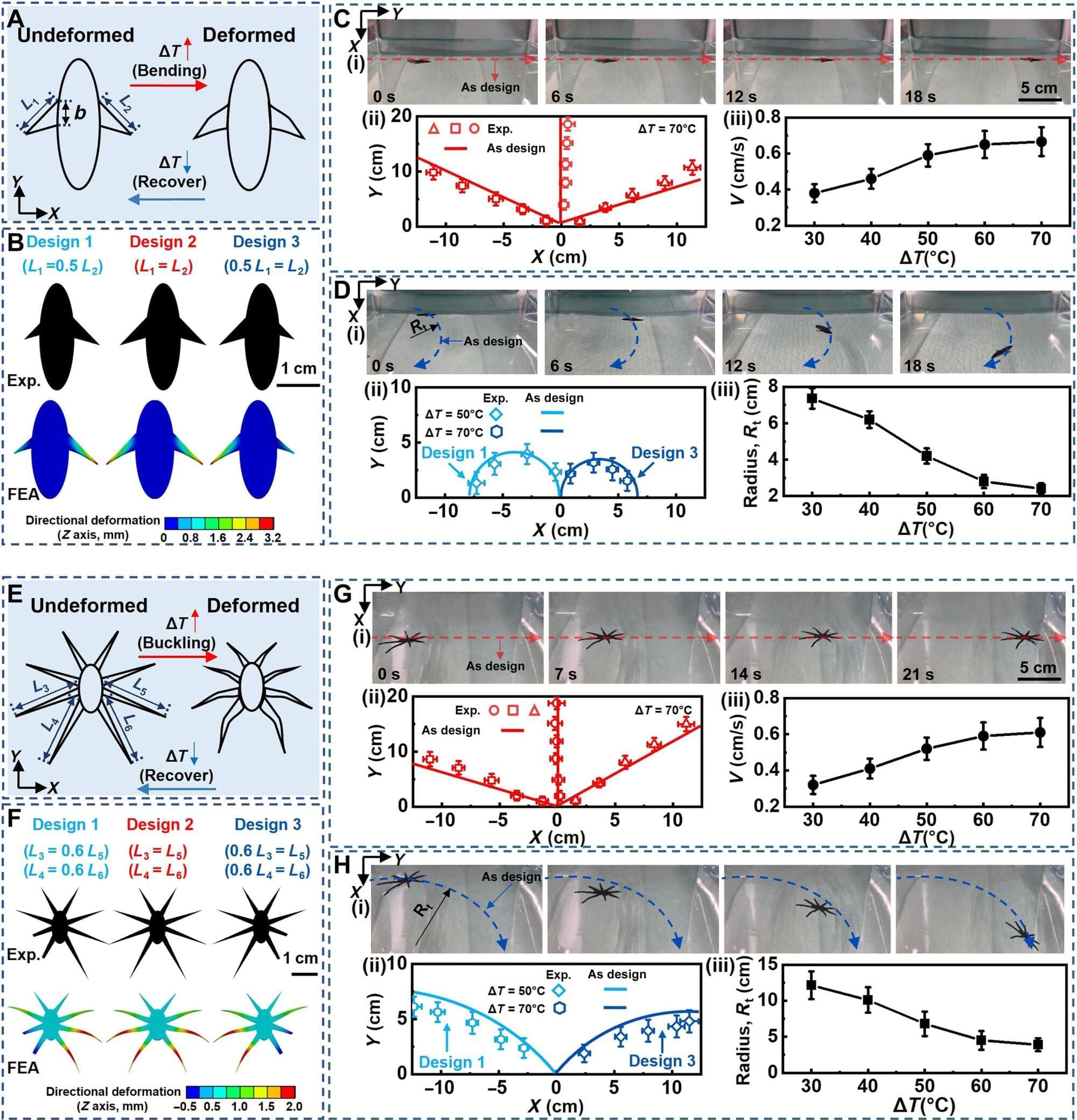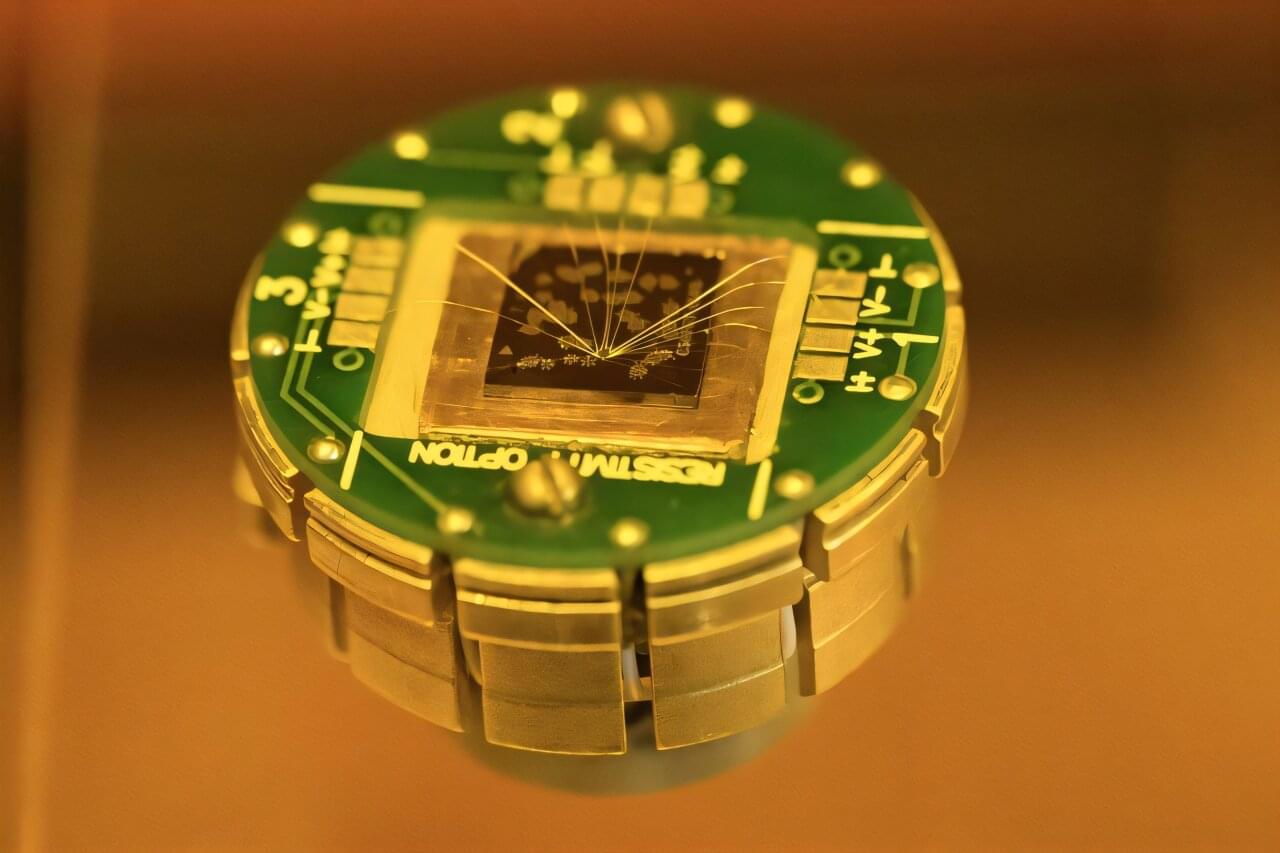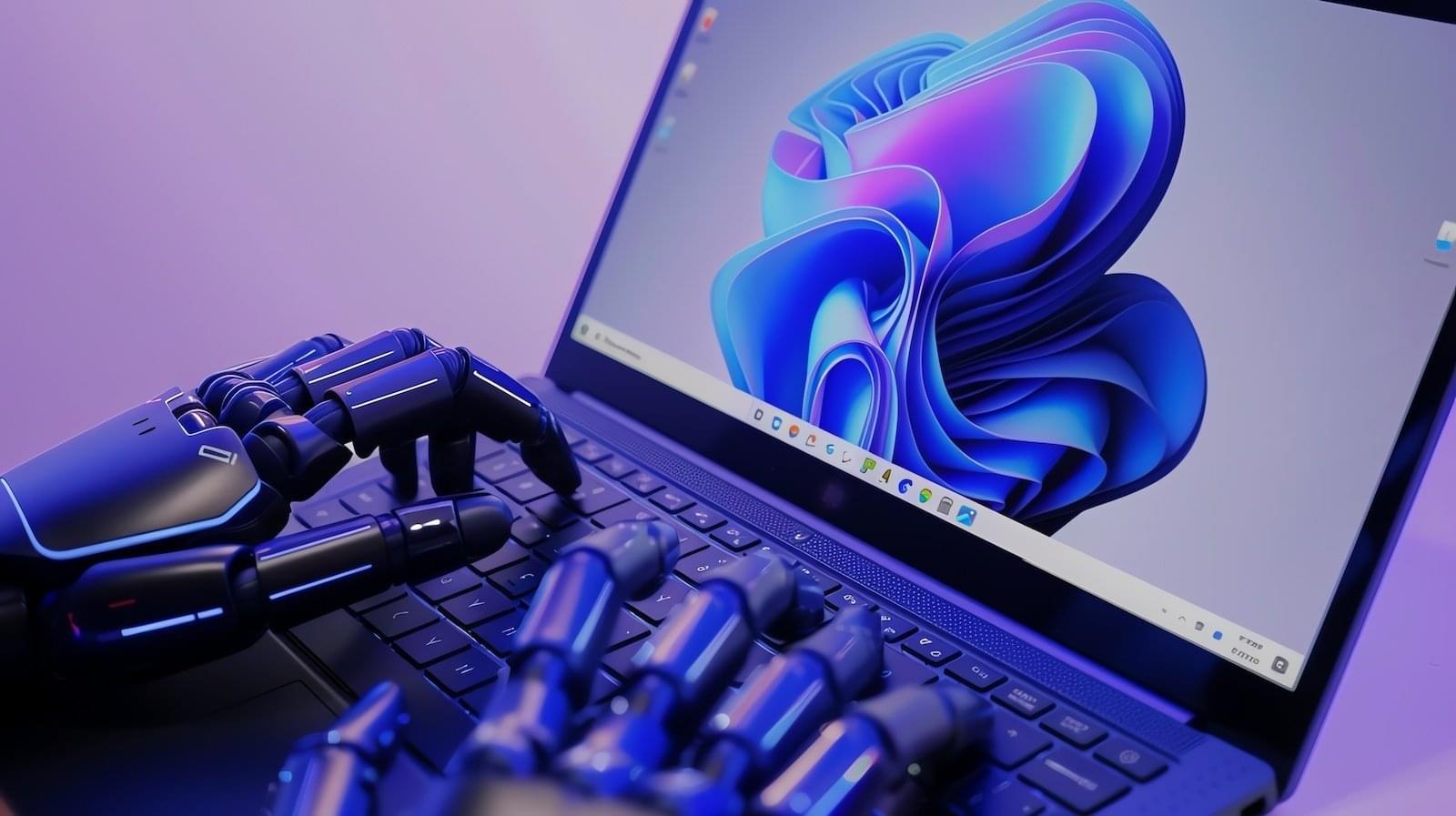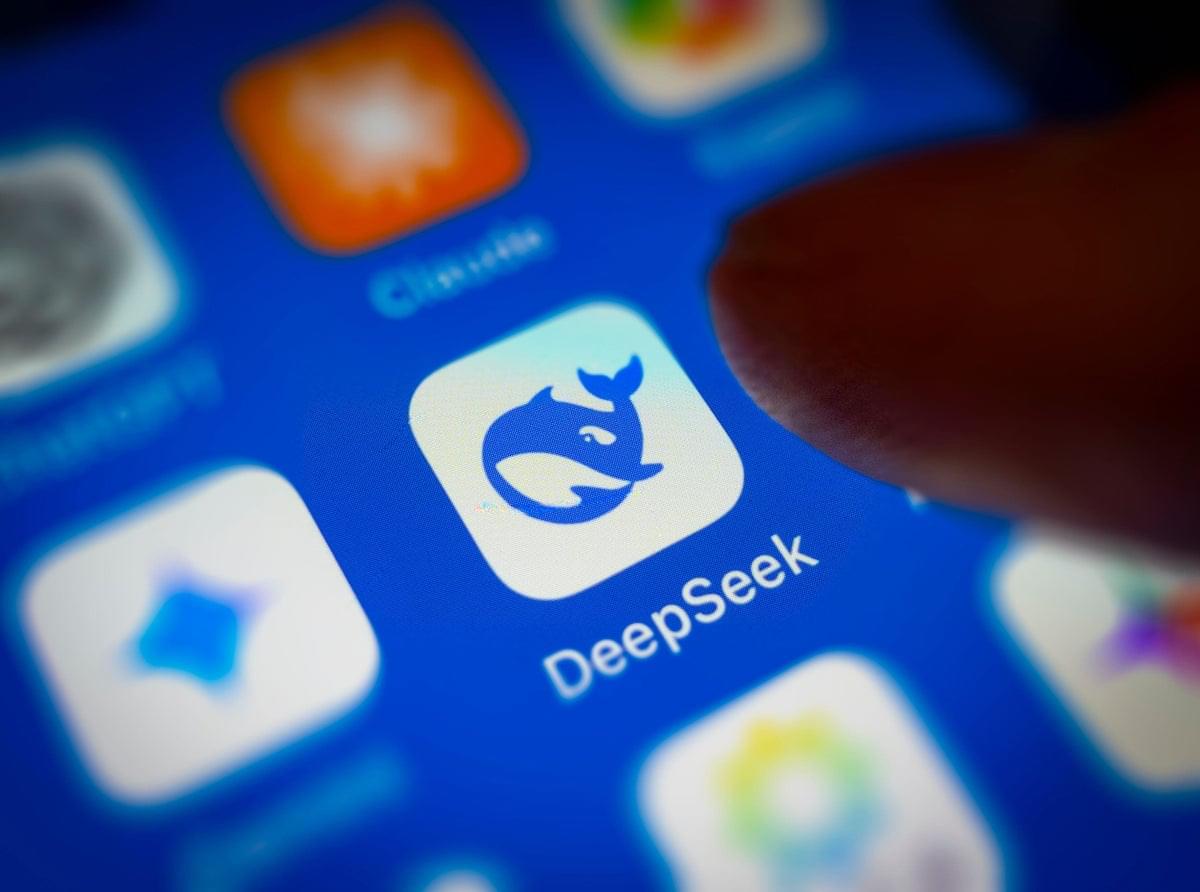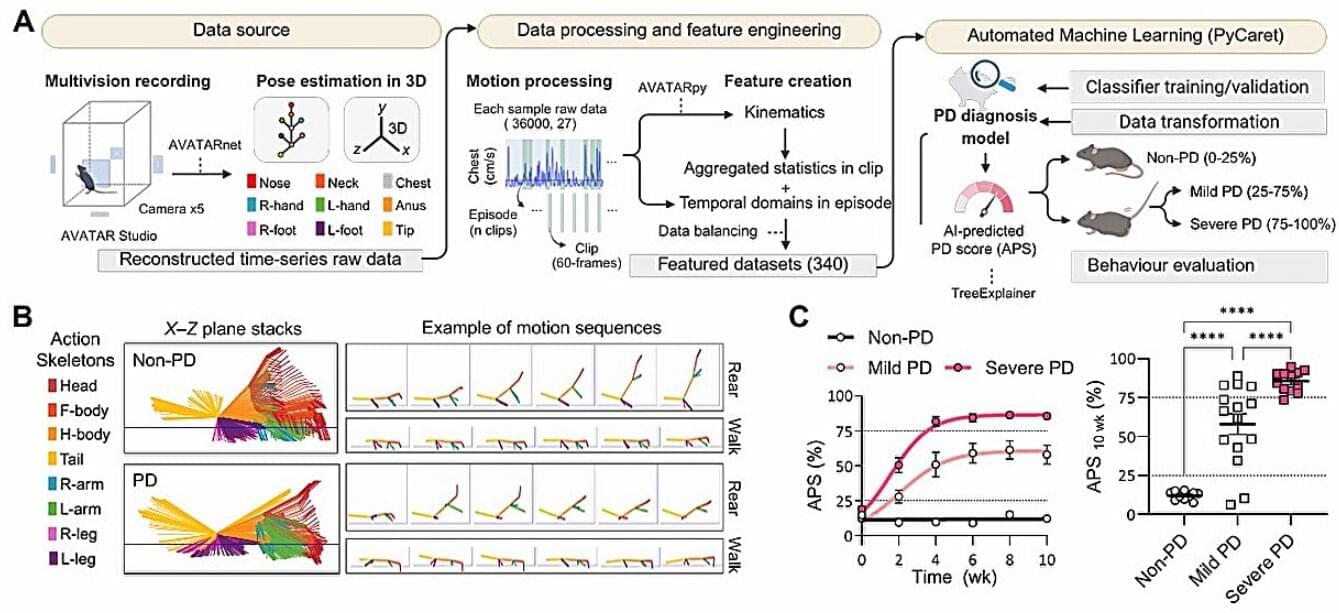Imagine tiny robots zipping across the surface of a lake to check water quality or searching for people in flooded areas. This technology is moving closer to reality thanks to work by researchers at the University of Virginia’s School of Engineering and Applied Science. Inspired by nature and insects such as water striders that walk on water, they created two prototype devices that can propel themselves across liquid surfaces.
The first, called HydroFlexor, paddles across a surface using fin-like motions. The second, named HydroBuckler, “walks” forward with a buckling motion that mimics the water-walking insects. The key innovation that made this possible is a technology developed by the team called HydroSpread.
To float and move on the surface of a liquid, robots need ultrathin, flexible films. Traditional approaches to making such films involve manufacturing them on a rigid surface, such as glass, and then transferring them to water, which often damages or breaks the film. However, the HydroSpread technique allows the films to be made directly on the liquid.
